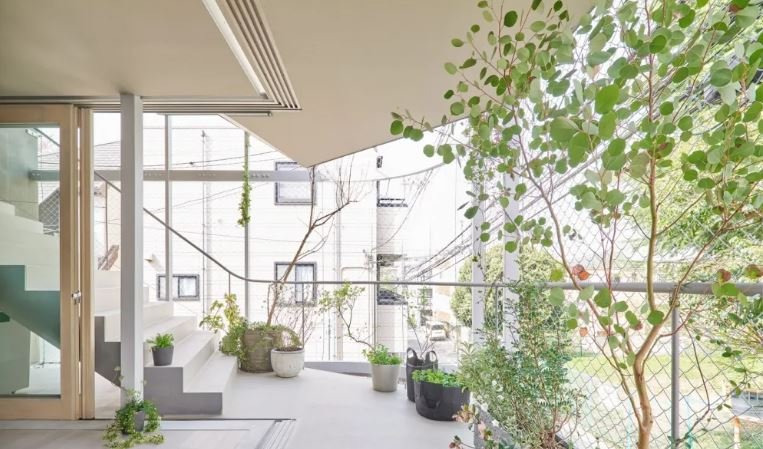The impact of weather and seasons on architectural photography is profound. Different weather conditions and seasons can dramatically change the appearance and mood of a building. As a photographer, understanding these influences allows you to capture the essence and character of architectural structures in various lights and settings.

Sunny Days: Bright and Crisp Images
Sunny days offer bright and crisp images, highlighting the architectural details and colors. The strong sunlight casts sharp shadows, enhancing textures and creating a dynamic contrast between light and dark areas. However, it is essential to manage harsh shadows by shooting during the golden hours—early morning or late afternoon—when the light is softer and more flattering.
Cloudy and Overcast: Soft and Even Lighting
Cloudy and overcast weather provides soft and even lighting, reducing harsh shadows and highlights. This type of lighting is ideal for capturing intricate details and textures without the distraction of strong contrasts. Overcast skies also create a neutral backdrop, allowing the architecture to stand out without competing with a bright sky.
Rainy Weather: Moody and Reflective
Rainy weather introduces a moody and reflective atmosphere to architectural photography. Wet surfaces reflect light and colors, creating interesting compositions and adding depth to the images. Raindrops and puddles can enhance the visual appeal by adding elements of texture and reflection. Capturing buildings in the rain can convey a sense of drama and moodiness.
Snowy Scenes: Clean and Serene
Snowy scenes transform architectural photography into a clean and serene experience. The snow blankets the surroundings, providing a pristine and uniform background that makes buildings stand out. Snow also softens the edges of structures, creating a peaceful and tranquil atmosphere. Capturing the contrast between the white snow and the architecture can result in striking images.
Springtime: Fresh and Vibrant
Springtime brings fresh and vibrant colors to architectural photography. The blooming flowers and lush greenery create a lively and colorful backdrop for buildings. The softer light during spring enhances the details and textures of the architecture while the natural elements add a sense of renewal and vitality to the images.
Summer: Bright and Lively
Summer offers bright and lively conditions for architectural photography. The long daylight hours provide ample time to capture buildings in various lights throughout the day. Summer skies are often clear and blue, creating a vibrant and energetic atmosphere. The strong sunlight accentuates colors and shadows, making the architecture appear vivid and dynamic.
Autumn: Warm and Rich Tones
Autumn introduces warm and rich tones to architectural photography. The changing foliage adds a palette of reds, oranges, and yellows, creating a warm and inviting atmosphere. The lower angle of the sun during autumn provides softer and warmer light, enhancing the textures and details of buildings. Autumnal settings can evoke a sense of nostalgia and comfort in the images.
Winter: Stark and Contrasting
Winter brings stark and contrasting elements to architectural photography. The bare trees and monochromatic landscapes create a minimalist and dramatic backdrop. The low angle of the sun during winter casts long shadows, adding depth and dimension to the images. Capturing buildings against a winter landscape can convey a sense of resilience and endurance.
Managing Weather Challenges
Managing weather challenges is crucial for successful architectural photography. Wind, rain, and extreme temperatures can pose difficulties, but they also offer unique opportunities. Using weather-resistant equipment and protective gear ensures that you can continue shooting in adverse conditions. Embracing the unpredictability of weather can lead to capturing extraordinary and unexpected images.
Utilizing Seasonal Changes
Utilizing seasonal changes effectively can enhance your architectural photography portfolio. Each season offers distinct characteristics that can highlight different aspects of a building. Planning your shoots around seasonal changes allows you to capture a building’s versatility and adaptability to various environments. This approach adds variety and depth to your portfolio.
Conclusion
The impact of weather and seasons on architectural photography is significant, offering diverse opportunities to capture buildings in various lights and settings. Understanding how different weather conditions and seasons affect the mood and appearance of architecture allows photographers to create compelling and dynamic images. By planning shoots, managing weather challenges, and utilizing post-processing techniques, photographers can effectively harness the power of weather and seasons in their architectural photography.

